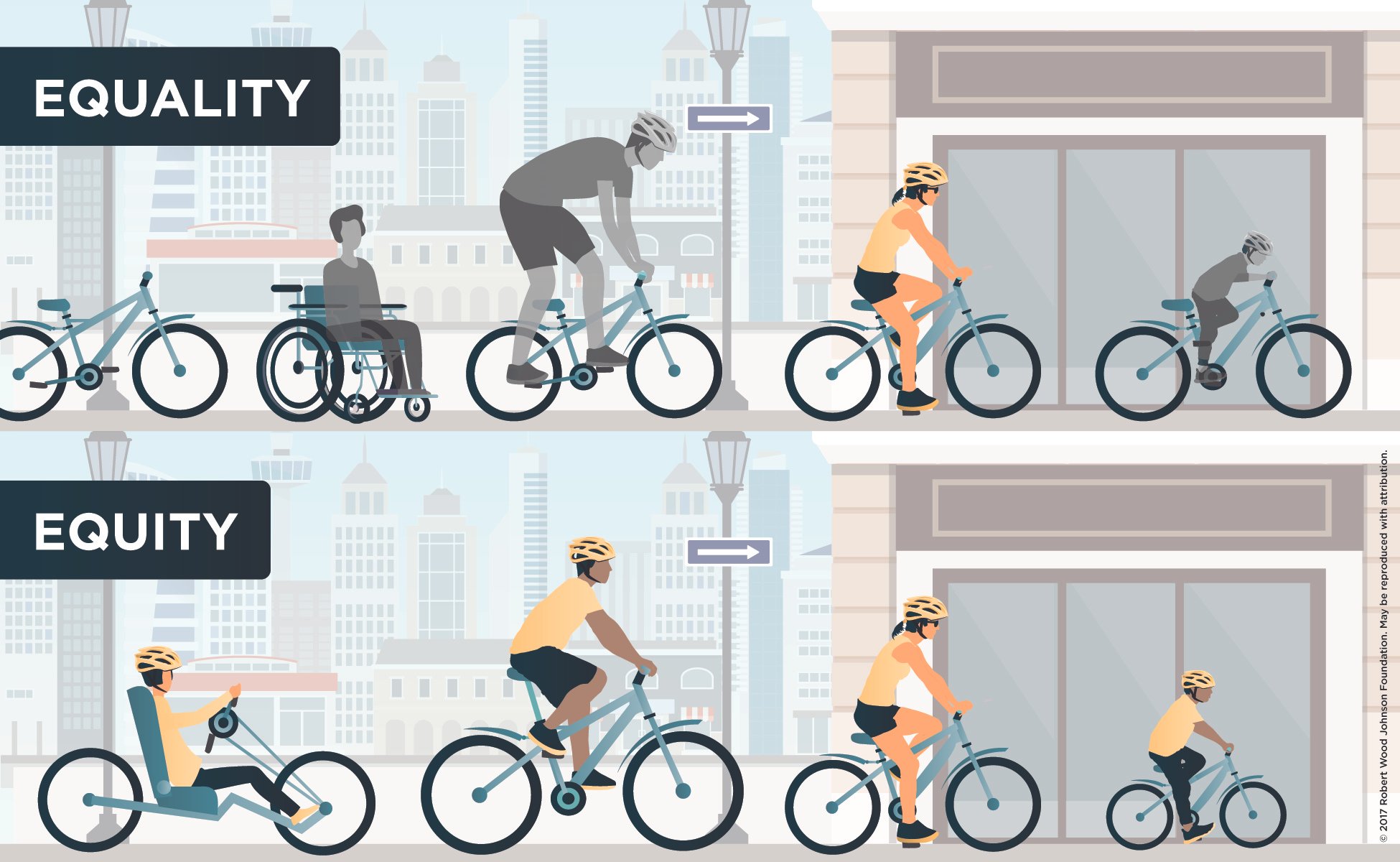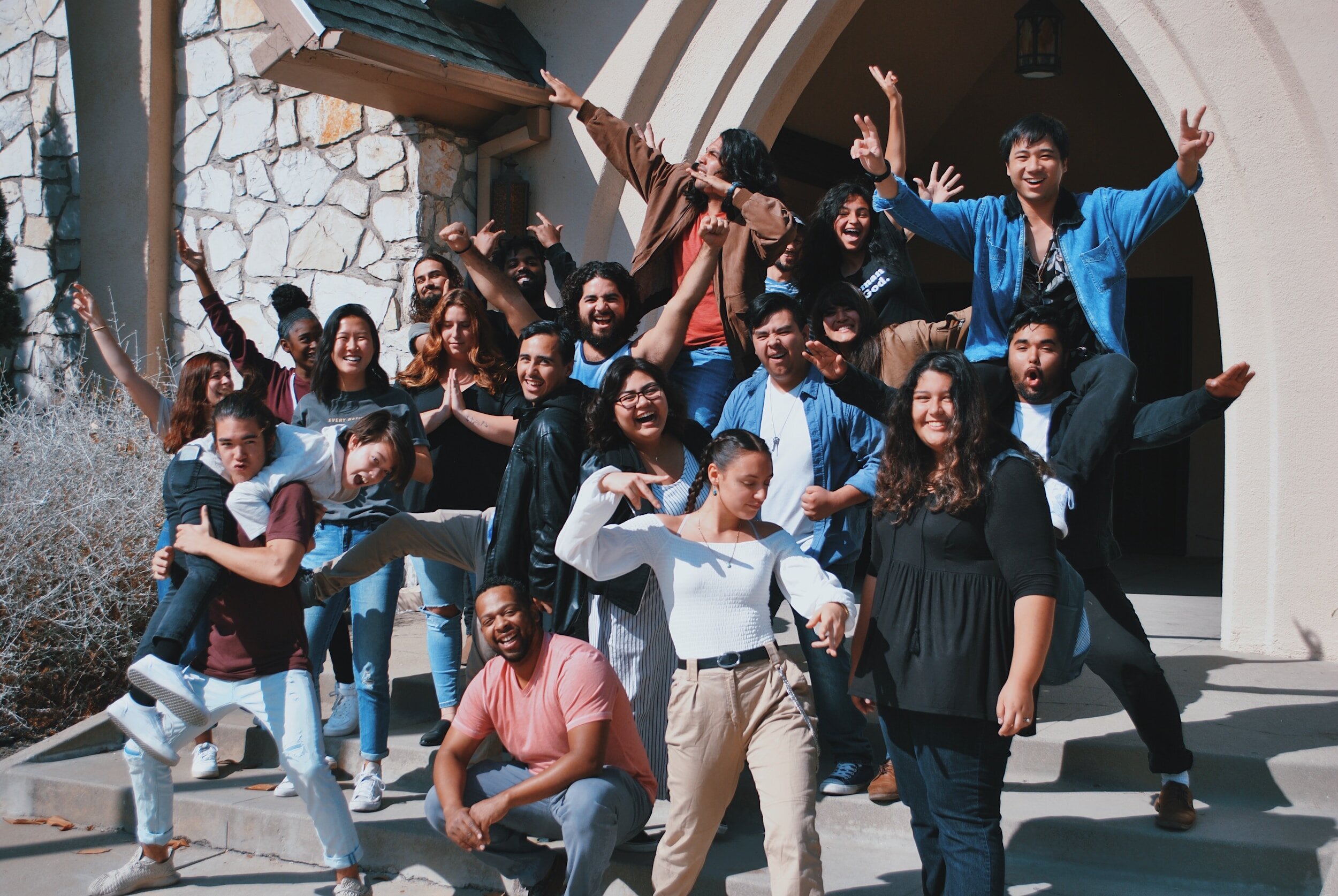STEM Equity Initiative Blog

Understanding the Current State: Reflections from the STEM Equity Initiative

The Influence of Artificial Intelligence on Career and Technical Education and Its Diverse Students

Spreading the Message NEIR and Far

The Changing Role of CTE and the Nontraditional Indicator: Part Two
In 2024, the “nontraditional” indicator continues to measure access to programs historically designated by gender. As societal perceptions of traditional roles have evolved, so too has the approach to improving access to CTE courses and programs. Today’s focus is on comprehensive data analysis and disaggregation by various demographics to address systemic inequities. This ensures all students, including those traditionally underrepresented, have equitable opportunities in diverse career pathways. By recognizing the multifaceted identities of students, educational institutions can foster inclusive environments that empower every student to pursue their passions and aspirations.

The Changing Role of CTE and the Nontraditional Indicator: Part One
Career and Technical Education (CTE) has undergone a transformative journey since its inception in 1749 at the Academy and College of Philadelphia. Departing from the traditional European educational model, which predominantly focused on classical studies tailored to the sons of affluent landowners, this institution provided a pragmatic curriculum aimed at equipping individuals with tangible skills essential for success in the New World.

Cosmetology and Boys: Recruitment and Retention Success Stories
Cosmetology has long been a program in Career and Technology Education (CTE) across the country that predominantly attracts and enrolls “females”. The social construct of gender is so fluid now, especially among the younger generations, that the dichotomy of male versus female has expanded.

The Power of Pedagogy in Career and Technical Education
Education focuses on content as a primary outcome, but pedagogy is a critical part. Understanding the natural connection between CTE and pedagogical practice is important to enhance student learning. Each of the five well-known, research-based pedagogical practices provides value for student learning. What is less well known is how these approaches apply and are being used in Career and Technical Education (CTE).

Prepping for your CLNA 2023
Some tips for preparing for your upcoming meeting with stakeholders to conduct a Comprehensive Local Needs Assessment (CLNA),

Better Assessing the Whole Child to Achieve Higher Academic Outcomes
The long-held convention of focusing on academic assessments without understanding or assessing students’ social and emotional development is a missed opportunity and has left us unable to see, understand, and appreciate the whole child.

Data Literacy as a Tool for Program Improvement
Trying to understand how to improve student academic interest and performance in science, technology, engineering, and mathematics (STEM) and specifically career and technical education (CTE) courses, programs, and careers is not easy because of the exhaustive number of variables involved. Students and their experiences, culture, caregivers, adolescent development, prior education (or access), language development, socioeconomic factors, employment options, class, gender, race, community life (and more) all add data to the education equation we are trying to solve.

Perkins, PIMS, Pathways, and Peers
“I am new to Perkins.” “I don’t understand how PIMS works.” “How do we track students who have left high school or college if they don’t answer surveys?”
A recent series of virtual office hours hosted by the STEM Equity Initiative (for BCTE) for secondary and post-secondary schools currently on ANY improvement list has provided an opportunity for both sharing information and gathering it. Here are just a few ideas I learned

Career and Technical Education and What We Learned from COVID-19
Schools and restaurants are open, and fewer of us need masks, but the impact of COVID -19 in education is still very real. The STEM Equity Initiative’s recent study of secondary and postsecondary schools’ CTE programs revealed that COVID-19 adversely affected indicators of school performance. These indicators always reflect the past, and looking at the numbers is much like looking in the rearview mirror.

Mindset, Changing Minds, and CTE
As we begin a new school year, it is useful to take a moment to consider the children walking into our classrooms and think about who they are and what they bring with them…

Questions from the Field: Equality vs. Equity in CTE
“How do you address multiple areas of inequality?” “How do you treat a class with total equity when their needs and issues are so unequal?” These are great questions because they get to the heart of what educators have to deal with in their classrooms every day. When the teachers mention the “multiple areas of inequality” they are really addressing the central issue in education today: the wide disparity of student experiences in education.

Mass Murder: An Answer to a CTE Teacher’s Dilemma
In traumatic situations, content and pedagogy are not enough. What emerges is another equally important factor: the culture of the classroom.

Equity in CTE at a Time of Racial Justice
Career and Technical Education (CTE) is another example of how our history has created cultural biases that still linger today. Changing bias connected to old blue-collar professions is not as easy as simply educating people with one presentation, website, or brochure. Waiting until high school to talk to parents is too late. STEM Equity Initiative’s mindful and intentional focus on eliminating biases can help you combat these biases and create an equitable learning environment

Inclusivity Doesn’t Take a Village; It Takes a Community! How Johnson College Overcame “3P1."
In 2017, Johnson College, a private two-year technical college, made access and inclusion a part of its strategic plan. This meant that by 2018 every department had to build departmental goals to create an environment that welcomed and supported every student into its CTE programs. From the President and CEO to the marketing department, faculty and support staff, the custodial workers and food service workers, and even the students, everyone was tasked to create the environment where everyone felt valued and included.

Adding Asset Thinking in CTE and All Education
The problem with the educational deficit model approach is that it first identifies areas of concern or potential challenges that may impact academic performance. Maybe it is time to work harder on ourselves and rethink our education system starting with each child and his, her, or their many assets as well as needs and vulnerabilities. Equity is not about making all children “normal” or “perfect” in some measurable way. It is rather about seeing each student as the gift they already are and starting from there.

Thank CTE Workers and Their Teachers
Thank CTE Workers and Their Teachers
COVID-19. Who knew how this virus would affect the world and each of us? For the STEM Equity Initiative, the pandemic highlighted the importance of Career and Technical Education (CTE) among the science, technology, engineering, and mathematics (STEM) career pathways.

The Importance of Community
What does community mean in education?
To connect community in education, we must begin by thinking about the whole child, not just addressing his, her, or their deficits. We must consider the child in the community of the classroom, the school, and the neighborhood.
